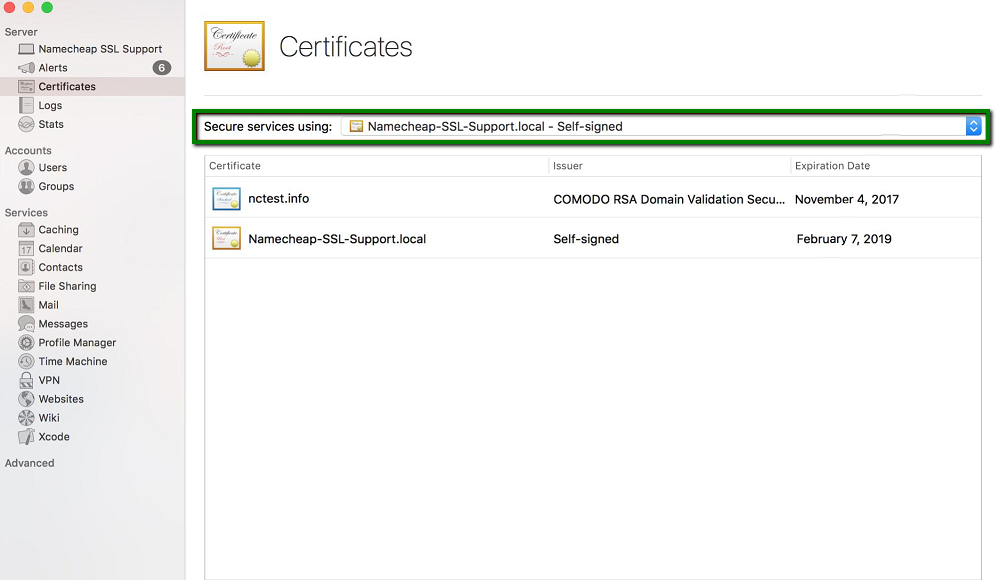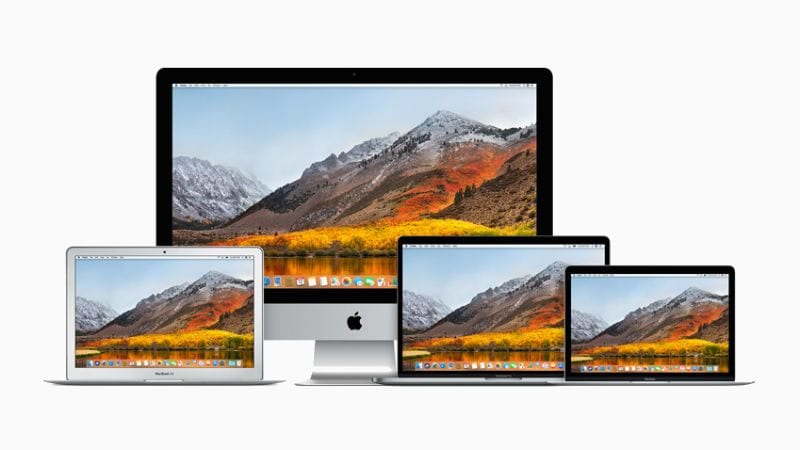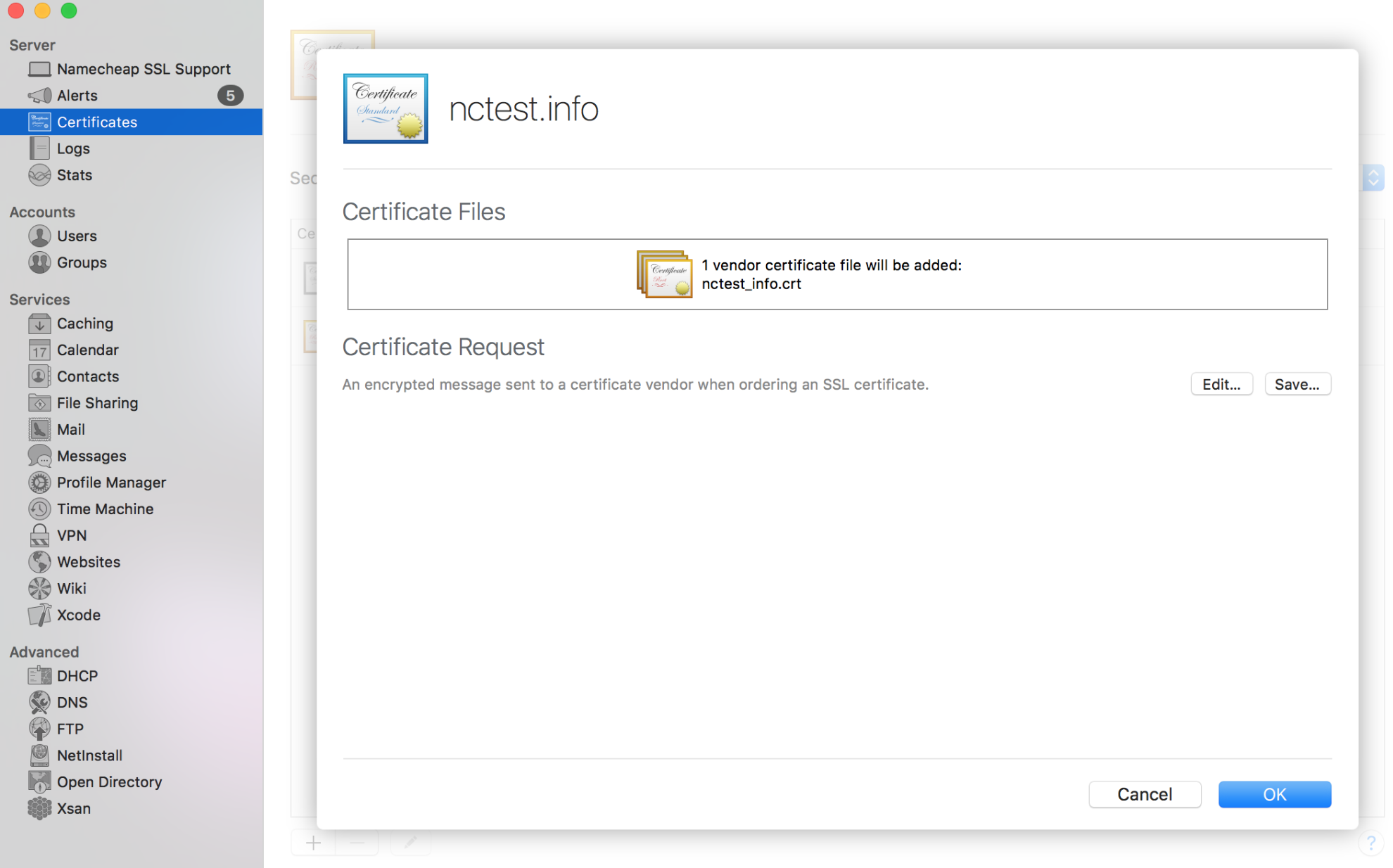

- #How add certificate for all users in high sierra osx how to
- #How add certificate for all users in high sierra osx install
- #How add certificate for all users in high sierra osx pro
- #How add certificate for all users in high sierra osx software
- #How add certificate for all users in high sierra osx password
I am at a loss of how to get this old iMac running again. Libc++abi.dylib: terminating with uncaught exception of type NSException

Sudo /Applications/Install\ macOS\ Sierra.app/Contents/Resources/createinstallmedia -volume /Volumes/Sierra -applicationpath /Applications/Install\ macOS\ Sierra.appīut this ends up with nearly freezing my MacBook and ends with an exception: *** First throw call stack:Ġ CoreFoundation 0x00007fff39dbf8ab _exceptionPreprocess + 250ġ libobjc.A.dylib 0x00007fff70079805 objc_exception_throw + 48Ģ Foundation 0x00007fff3c48bdb5 - + 5014ģ Foundation 0x00007fff3c4b55d5 + + 153Ĥ createinstallmedia 0x0000000107a41968 createinstallmedia + 6504ĥ libdyld.dylib 0x00007fff713e77fd start + 1
#How add certificate for all users in high sierra osx install
After copying the Sierra Install App to the Application Folder I tried the following command: All I have is latest MacBook 13" with latest Catalina installed. So my next try was to create a simple bootable stick with Sierra as mentioned before. Anyway the internet-recovery was not successful. I thought it might be an error about the datetime and certificates, so I also changed the date back to somewhere in 2012. I already tried the Internet-Recovery on the iMac with the option to install macOS Lion, but this end up with an -2 million days error. I don’t want to use SFTP as the file transfers are very slow and my previous, half working, WebDAV server attempts have had much better performance 900Mbps.

To download High Sierra through the App Store is not possible, but luckily I got the Sierra dmg from here: I want to set up a file server accessible via the internet on my late 2010 Mac mini (hence High Sierra).
#How add certificate for all users in high sierra osx pro
I have a MacBook Pro 13" with the latest Catalina installed (10.15.3). When asked to enter an export password, choose something you’ll remember, as you will need it later when we get to the Apple Configuration portion.All I need is just an install media for sierra or high sierra. Openssl pkcs12 -export -in userCert.crt -inkey userCert.key -out userCert.p12
#How add certificate for all users in high sierra osx software
As a result, SCS Computing Facilities (SCSCF) is phasing out software support for all computers running macOS 10.13 High Sierra and will end support on January 31, 2021.
#How add certificate for all users in high sierra osx password
If you’re asked to provide a name and password, type the name and password for an administrator user on this computer. Drag the certificate file onto the Keychain Access app.

In the Keychain Access app on your Mac, select either the login or System keychain. Hopefully you’re doing this on a Mac (as the tutorial is geared toward that), because it’s built in! You can add certificates to your keychain for quick access to secure websites and other resources.


 0 kommentar(er)
0 kommentar(er)
